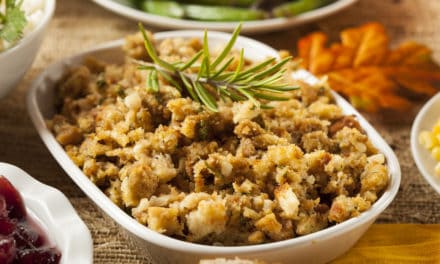Rethinking the Garden
By Michel Fike
At this time last year, I was starting seedlings in peat pots and my biggest gardening concern was keeping the temperatures in my greenhouse warm enough to sustain plants until after the last frost in late April or May. However, in this the third year of California drought, lack of water puts even the viability of gardening into question.
The news is full of reports of a Sierra snowpack at 12% of normal, predictions of water shortages to rival those of 1977, and Governor Brown’s call for water conservation measures. Recent emergency measures to conserve water storage in lakes and reservoirs are affecting farmers and ranchers whose water allotments have already been cut. Consequently, food prices will be going up — and the planting season hasn’t even begun.
Time to rethink my garden: to grow or not to grow?
For me gardening, particularly vegetable gardening is a health choice that assures abundant good food, lots of exercise, and a chance to share with family, friends, and community. As prices rise, continuing to grow healthy food will only become more of a priority. So, the question is how to continue growing while using as little water as possible.
Here are some of the ideas that will transform my veggie patch for 2014.
- Work the soil. Raising the amount of compost in the garden to at least 2% adds nutrients, and allows plant roots to grow deep, requiring less watering. Part of effective composting is working organic material into the soil by digging down a foot and mixing thoroughly. In countries like Africa and Australia, where extreme dry conditions are more common, farmers have long found that digging and mixing deeper, even triple digging their beds down three feet, opens the soil and allows it to retain more water. Since the ground is less likely to be frozen this year, this could be worth a try, and maybe it will preempt a few weeds as well.
- Mulch, mulch, mulch. Composting and digging can help your soil hold water, but you also need slow evaporation. Surround plants with four inches or more of leaves, chipped wood, grass, or even shredded newspaper. Sheet mulches, sold for weed prevention, can also reduce water loss. And, any weed not watered is a plus.
- Consider water delivery methods. Drip irrigation delivers water where it is needed: to plant roots with the least waste. I am also intrigued by gardeners who use tubes at the bases of plants (most often mentioned were two large soda bottles with the bottoms cut off) to direct hose water directly to roots. Also look at the best times to water. When conditions are hot and dry, watering in the early morning or in the evening can help to reduce evaporation.
- Move away from the row. Like many crop gardeners, I have mostly done row plantings. Under current conditions, grouping plants with similar water requirements closer together can reduce water usage. Additionally, planting more closely in blocks using different kinds of compatible plants can create microclimates where larger leaves, like squash, can shade the soil and further help to reduce evaporation.
- Be selective about what you plant. While I’ve always searched for short season plant varieties, now planting these quick-maturing vegetables may save water by getting crops up and out before the heat of August, even in warmer parts of the Mountain Valley region. If you buy starts, be sure they are healthy and adapted to your locale. Local garden shops or your county Ag Extension can help with your selection process. I’m looking at cutting some of my veggie favorites from this year’s garden; fewer beans, no cauliflower, and only one or two broccoli plants folded into the shady flowerbed in front of the house. The good news is that many garden standards like squash, Armenian cucumbers, Swiss chard, peppers, eggplant, and okra produce well with less water than I have been giving them. Look for drought tolerant alternatives. Mini plants that grow and produce an abundance of smaller fruit look like a good bet this year, and could be fun.
- Finally, turn off the timer. One great way to save water is by monitoring your plant’s growth cycle and watering accordingly. While seeds and seedlings need to be kept wet, and transplants need additional water while they get established, mature plants only need 1-2 inches of water a week. Let the top two inches of soil go dry before watering again. Overwatering plants that are producing fruit can actually encourage disease, particularly if some of that moisture is going on leaves, pods, and fruit. Once pods and fruit are developing, you can cut back some on water for many plants. At this point in their development, watch the leaves and water if they curl or droop. One of the most interesting things I found in my research was that once tomatoes are set and growing, they can even be dry cropped.
There is a lot more information available to help you plan your drought resistant garden whether for food or flower. In fact, I started to cut my plastic borders myself and have found that, since I make them slightly bigger than store bought one, the water run off is lessened greatly. Some of my favorite finds have come from print and online versions of Mother Earth News and The Old Farmers’ Almanac, the county Ag extension office, and the blogosphere. I haven’t mentioned many of the more extreme measures that some folks have taken, such as collection barrels and recycling waste and gray water for the garden. I have chosen to focus on strategies that are most applicable across the diverse growing conditions in the Northern California/Northern Nevada area. Gardening successfully and responsibly in a drought that’s officially going on three years requires a plan. Employ a knowledgeable plant nursery staff member to help you chart out a strategy for a drought-resistant garden.
- Photo by Bob Fike













